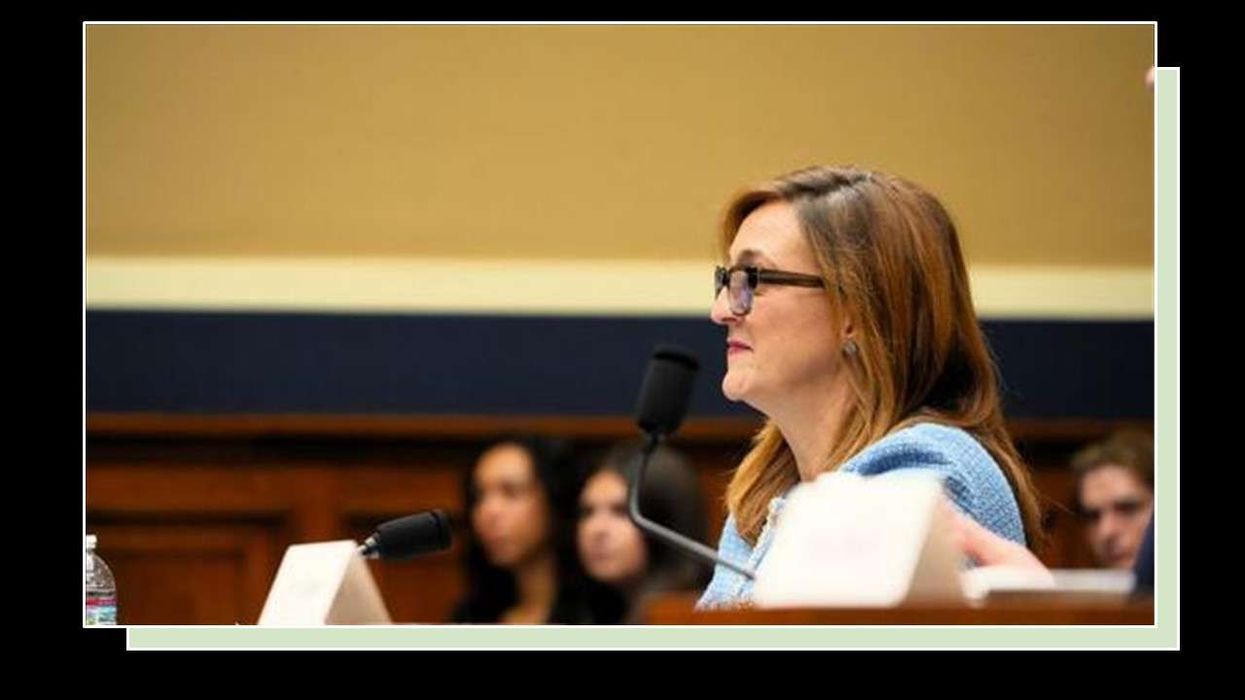CONSTRICTED BUSINESS TRAVEL during the Fourth of July weekend led to a decline in U.S. hotel performance from the previous week, according to STR. The week’s metrics also dropped from the comparable time period in 2022.
Occupancy decreased to 61.8 percent in the week ending July 8, marking a decline from the previous week's 69.9 percent and a 2.3 percent decrease compared to 2022. ADR averaged at $155.81, slightly lower than the previous week's $156.27, while still indicating a modest 1.1 percent increase compared to the corresponding period last year. RevPAR dipped to $96.36, a decrease from the previous week's $109.18, indicating a 1.2 percent decline compared to 2022.
Among the top 25 markets, New York City posted the highest year-over-year occupancy increase, up 11.4 percent to 77.3 percent.
Denver saw the largest ADR gain, up 8.6 percent to $156.14.
The steepest RevPAR declines were reported in Atlanta, experiencing a significant 19.3 percent decrease to $64.74, and Minneapolis, declining by 18.8 percent to $61.57.













